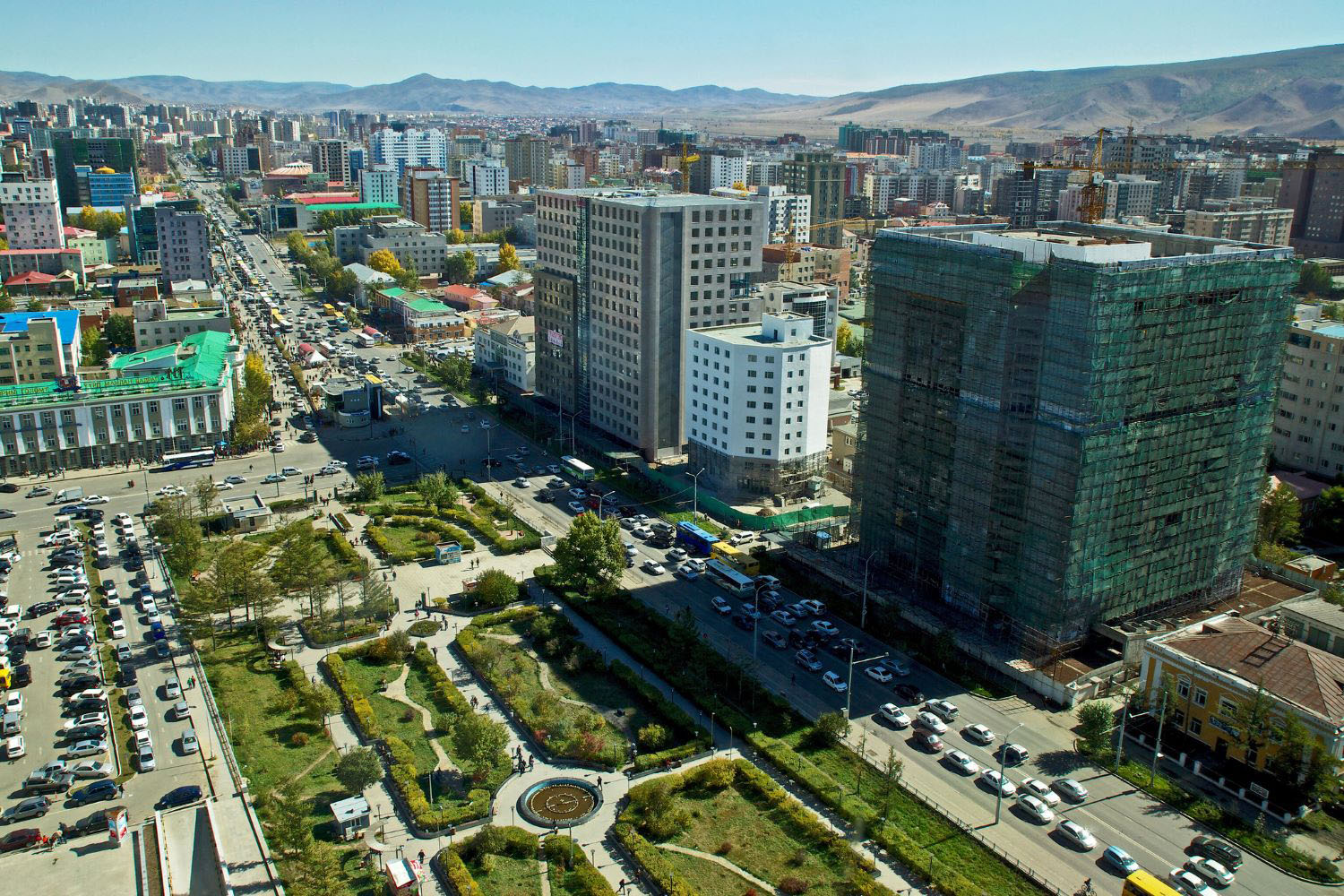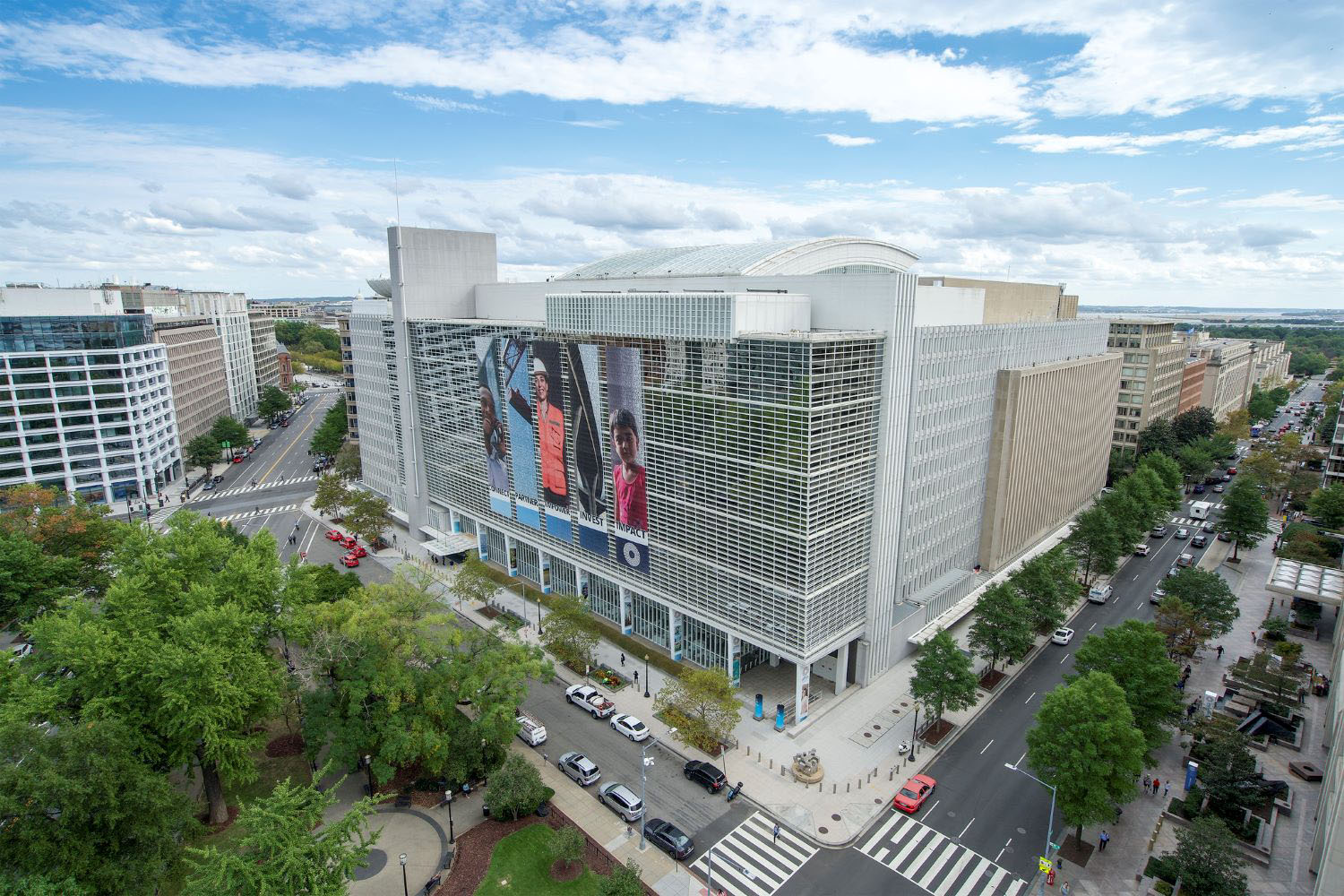Recommended
I have previously suggested that the current design of the $2.5 billion World Bank/IDA Private Sector Window (PSW) seemed an inefficient use of scarce aid resources, didn’t follow the World Bank’s own guidance on disclosure and design of subsidies to the private sector, and is noncompetitive, nontransparent, and unstructured.
In this blog post, I offer some ideas on how the World Bank Group could reconstruct the PSW towards real development impact in the next round of IDA funding, to be negotiated in 2019. This could build on some clear principles of design and incorporate a number of tools, some of which are outlined below.
Regarding principles on use of concessional resources to support the private sector, the World Bank Group already signed up to some strong ones in 2012 as part of the Multilateral Development Bank Principles to Support Sustainable Private Sector Operations:
In cases where MDB private sector operation financing is used alongside concessional resources, ensuring that a net subsidy to the project or enterprise is justified, e.g. by a clear market or institutional failure or public policy goal that is best addressed through a subsidy;
Ensuring that subsidies are transparent and targeted, and structured to ensure the potential for market distortion is assessed and the subsidy is phased out once it is no longer justified;
Avoiding the introduction of rent-seeking opportunities;
Supporting ‘level playing fields’ by providing an equal opportunity for funding to qualified companies on a non-discriminatory basis…
Building on the MDB private sector principles
It would be fantastic to see the IDA PSW move toward a model that followed three of those principles in particular: start with the public policy goal and market failure, ensure transparency, and ensure a level playing field—be that through open offers or competitive approaches. Some practical models that the Bank Group could use to support private sector involvement in IDA countries which also meet those principles include:
-
Competitive subsidy awards to meet particular public policy goals, sometimes bracketed under output based aid (OBA). The Bank Group has considerable experience in these approaches—the Global Partnership on OBA, housed at the Bank, has backed 49 projects alone across infrastructure, education, and health. Traditionally, these subsidies have been offered on specific projects covering particular geographies, but it would be possible to broaden out—bidding out subsidies based on the lowest cost per person brought under the mobile phone signal in a country or region, for example.
-
Open offers of subsidized or guaranteed loans on standard, public terms to firms that will deliver particular public policy goals and meet certain (public) qualification criteria, on the model of Title XVII open solicitations for innovative clean energy projects in the United States.
-
Work with governments or (potentially) regional trade groupings to support Service Performance Guarantees—insurance with standard terms and pricing covering the delivery of infrastructure and other government services that would be offered to firms setting up operations in special economic zones of IDA countries.
An IFC fund
One approach to deliver on a problem-led competitive and transparent approach to subsidies would be to create a fund run by the International Finance Corporation in which the institution and incentives were aligned with a mission to maximize the development impact of a portfolio of IDA-country private sector investments. This could build on IFC’s recent work on Anticipated Impact Measurement and Monitoring, which might be an input to a scoring system for the potential development impact per dollar of subsidy for interventions. To ensure the fund’s sustainability, its portfolio as a whole could be subject to meeting a hurdle financial rate of return (perhaps that hurdle rate is zero or negative).
The fund would (1) look for (potential) private sector activities where there were particularly large gaps between high development impact and lower financial returns in IDA countries; (2) evaluate the role for subsidized capital in making those activities financially sustainable for firms; and then (3) (where appropriate) use transparent, open, and/or competitive mechanisms to issue subsidized capital to firms willing to deliver. Carefully designed and well-implemented, such a fund might be a high-impact use of scarce aid funding that also met MDB subsidy principles.
That said, the bureaucratic challenge for the IFC to deliver on an impact-led portfolio model is considerable. The current project cycle is based on a filtering system that focuses primarily on financial risks and returns. The pipeline usually starts with clients bringing project concepts to the IFC based on the idea that they could be profitable. Were the aim to be maximizing the development impact of a subsidy, the subsidy fund would have to take the lead on designing private sector project ideas which could have a particularly significant development impact and seeking out client firms to deliver those projects with subsidized support—all using an open offer or competitive approach. This model would take additional skills amongst IFC staff as well as a considerably altered set of incentives, rules and practices for the impact-led program. And if the IFC was also to invest in firms that might bid for subsidies (which, all else equal, would be a good thing), there would have to be very strong internal controls to separate staff organizing subsidy bids and staff working with firms that might bid on subsidies.
Given the experience of the slow rollout of the current PSW model, which required less institutional change for the IFC, were the Corporation to move toward an impact-led portfolio model for delivering on the IDA PSW in 2020 it should probably start with less than $2.5 billion to manage. But whatever approach donors take towards private sector financial support in the next IDA replenishment, it is time to move toward a subsidy mechanism that is transparent, measurable, cost-effective, and focused on impact.
Disclaimer
CGD blog posts reflect the views of the authors, drawing on prior research and experience in their areas of expertise. CGD is a nonpartisan, independent organization and does not take institutional positions.






